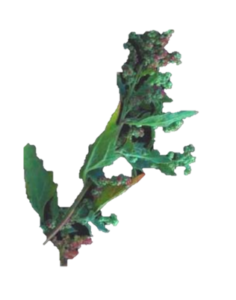
Figure 1. Fat hen (courtesy of HerbiGuide)
Description: Fat hen (Chenopodium album L.) is an erect, annual, bushy herb with no aroma, which can reach a height of up to 1.0 m. The leaves are elliptic to diamond-shaped with a pointed tip and angular teeth. The upper surface of the leaf is green, and the lower surface is mealy white. Fat hen has dense clusters of tiny green flowers, which are each 1.5-2.5 mm across. It has a stout taproot with many laterals.
Life cycle: Fat hen is an annual herb. Germination occurs from spring to autumn, depending on soil moisture. It grows rapidly through summer and autumn, especially in irrigated crops or moist areas. It then dies quickly after maturity.
As a soil indicator: Fat hen can be found on a wide range of soils, but it prefers areas rich in nitrogen.
Beneficial attributes: Fat hen is a relatively palatable fodder.
Negative attributes: Fat hen competes with plants for water and nutrients.
Dispersal: Fat hen reproduces by seed and buried seed can remain viable in soil for 30-40 years.
Legislation: None
Non-chemical control methods: Mow or graze before flowering to reduce seed set. Hand pull plants after elongation and before seeding in summer.
Grower’s experiences: At Henschke, fat hen is found after rain in hot spots along the edge of the straw mulch spread undervine. Control is achieved by mowing this weed before it flowers.
Resources
HerbiGuide (HerbiGuide website)
Henschke Wines: A non-chemical weed control case study from the Adelaide Hills, SA
Contact
For further information, please contact:
AWRI helpdesk
Phone 08 8313 6600 Email helpdesk@awri.com.au

